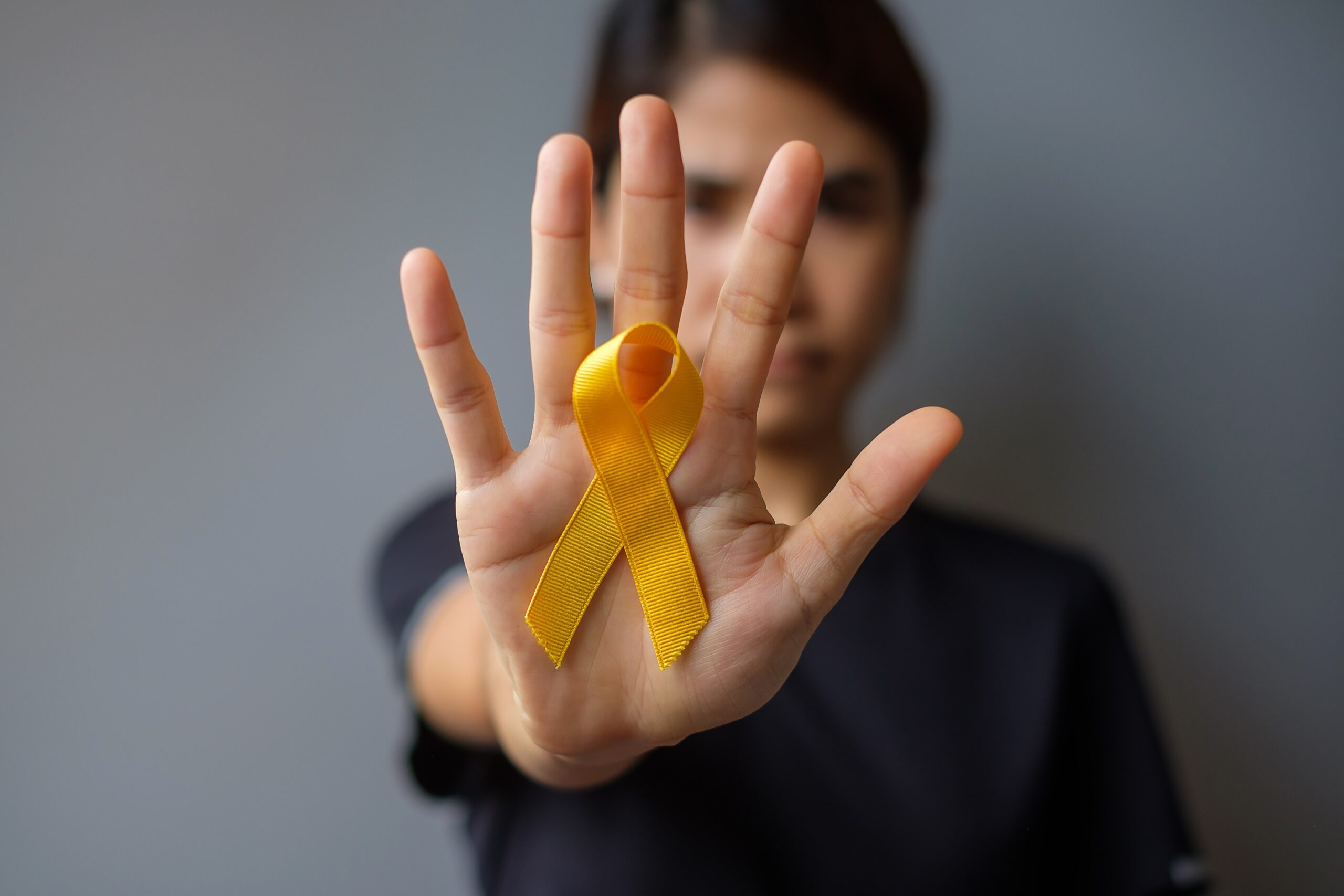
A Guide to Gender Dysphoria
Individuals within the LGBTQ+ community face unique challenges every day. Mental health and medical professionals have been working to ensure every individual, no matter their gender identity or expression, can receive the information and care they need to live a fulfilling life.
The first step is staying educated about certain struggles individuals within this community may face. In this blog, we will discuss what gender dysphoria is and how those struggling with it can get the help they need.
Sex, Gender Identity, and Gender Expression
Typically, when someone is born, they are assigned a biological status at birth. This is always based on the external anatomy of the individual.
If they have male genitalia, they are a male, and if born with female genitalia, they are female. This biological status at the moment of birth is known as a person’s sex.
On the other hand, gender identity refers to an individual’s internal sense of who they are and how they feel about themselves. This doesn’t have to correlate with the biological sex they were given at birth.
Gender Identity can be different from biological sex assigned at birth, for example, a person born with male genitalia may identify as a female.
Gender expression refers to how an individual presents their gender outwardly. This could be through behavior, clothing, voice, or other characteristics.
Binary vs. Nonbinary
Binary refers to identifying as either a male or female gender. Gender binary infers that gender is either masculine or feminine. However- many gender-expansive identities exist outside of binary- genderfluid, genderqueer, non-binary, and transgender. This includes “cis”, “trans”, and “non-binary” individuals.
Cisgender is a term used to describe an individual whose gender identity aligns with their biological sex.
The term transgender is used to describe individuals whose gender identities are different from their biological sex.
“Non-binary” is a term people use if they feel as if the concept of gender is not tied or relevant to their personality. They don’t consider themselves as having a “binary” identity, meaning they don’t feel their gender fits into the male or female category.
In addition to non-binary, some individuals use the terms “gender diverse”, “gender non-conforming”, or “gender fluid” to identify themselves.
What is Gender Dysphoria?
Gender dysphoria refers to the psychological distress that results from an incongruence between an individual’s biological sex and their gender identity. Not all transgendered individuals experience gender dysphoria, and those that do may experience it at varying levels of intensity.
Signs of Gender Dysphoria
- Low self-esteem.
- Becoming withdrawn or socially isolated.
- Feelings of depression and/or anxiety.
- Taking unnecessary risks.
- Neglecting themselves.
Gender dysphoria is a mental health concern, however, being a transgendered individual is not a psychological disorder. This is an important distinction as transgendered individuals and communities are often stigmatized.

Diagnosing Gender Dysphoria
The Diagnostic and Statistical Manual of Mental Health Disorders, Fifth Edition, Text Revision (DSM-5-TR) provides an overarching diagnosis of gender dysphoria with separate criteria depending on an individual’s age.
For adolescents and adults, to be diagnosed with gender dysphoria, they must exhibit 2 or more of the following for at least 6 months:
- A marked incongruence between their experienced/expressed gender and primary and/or sex characteristics.
- A strong desire to be rid of their primary and/or secondary sex characteristics because of a marked incongruence with their experienced/expressed gender.
- A strong desire for the primary and/or secondary sex characteristics of the other gender.
- A strong desire to be of the other gender.
- A strong desire to be treated as the other gender.
- A strong conviction that they have the typical feelings and reactions of the other gender.
In addition, the DSM-5-TR states that the condition must also be associated with clinically significant distress or impairment in social, occupational, or other important areas of functioning.
Challenges of Gender Dysphoria in Young Adults
Gender dysphoria can be a challenge for any individual at any age. However, there are some unique challenges for those experiencing gender dysphoria in adulthood. It can affect many aspects of a young adult’s life including at work or school.
They may feel the need to dress and act in a way that’s associated with their biological sex, rather than how they truly identify. If they feel an inability to function, they may choose to drop out of school or quit their job altogether.
Oftentimes, individuals with gender dysphoria face discrimination, stigmatization, and victimization. These can all contribute to a negative self-image, high levels of stress, and a variety of other mental health conditions such as anxiety, depression, self-harm, eating disorders, and substance misuse.
If adolescents and adults cannot find the proper support or gender-affirming care, they may also be at risk of experiencing suicidal ideations or attempting suicide.
Seeking Support For Gender Dysphoria
There are many routes an individual can take when it comes to gender dysphoria treatment, but all work to achieve the same goal – addressing the distress and other negative emotions associated with having a gender that doesn’t align with their assigned sex at birth.
It’s important to remind individuals that their gender identity isn’t what is causing an issue or struggles, rather it is the discomfort associated with it.
Below, we’ll discuss the 3 main treatment options for those with gender dysphoria. Some individuals may choose to pursue all three while others only one of two, the choice is entirely up to the individual.
Hormone Replacement Therapy
Some individuals may wish to develop physical characteristics that are more aligned with their affirmed gender. In these cases, supplemental hormones can help.
Adults or adolescents who have already experienced puberty can undergo hormone therapy to encourage the development of gender-affirming physical traits.
Remember, no individual should take or expose themselves to a medication without the proper guidance from a medical professional. Any supplemental hormone should be prescribed through the proper channels to ensure the safety of the individual using it.
We would like to note that Malvern Behavioral Health does not provide hormone replacement therapy, however, our team will dispense HRT medication if an individual brings the medication with them. Contact us for more questions or information about the treatment programs we offer.
Surgery
For some individuals, another part of the gender-affirming process can include procedures such as chest reconstruction and breast augmentation, metoidioplasty, phalloplasty, or vaginoplasty.
This step typically comes later in an individual’s gender-affirming journey (after hormone therapy). Once again, it’s important to ensure individuals are getting all of the information, support, and resources they need to make these decisions.
This is why it is highly recommended that their care come from a team with clinicians in a variety of specialties like psychology, endocrinology, urology, and more.
Therapy
In some cases, individuals may not desire to pursue medical or surgical gender transitioning. They can choose to live and be recognized as their affirmed gender without using hormones or getting surgery.
A trained mental health professional can assist them in their journey of the affirmation of identity through therapy and counseling sessions. There are many mental health services and programs individuals can choose from to ensure they are getting the right care for their unique needs.
It is also highly encouraged that individuals who choose to use hormone therapy or undergo surgery also work with a mental health professional along the way. This will help them as they work through such a momentous time in their lives.

At Malvern Behavioral Health, we will meet you as you are, where you are, for WHO you are. Learn more about our LGBTQ+ treatment services today.




